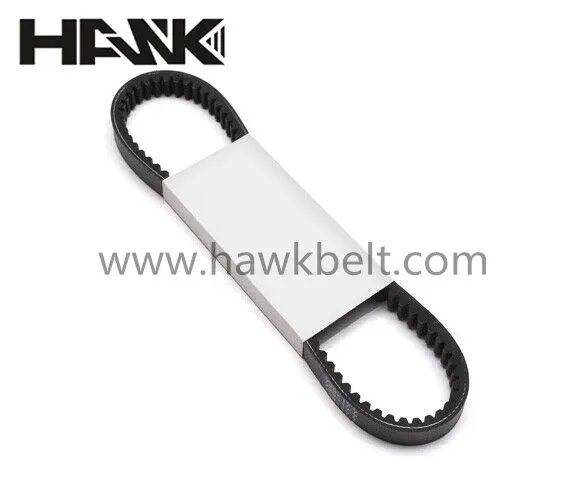- Arabic
- French
- Russian
- Spanish
- Portuguese
- Turkish
- Armenian
- English
- Albanian
- Amharic
- Azerbaijani
- Basque
- Belarusian
- Bengali
- Bosnian
- Bulgarian
- Catalan
- Cebuano
- Corsican
- Croatian
- Czech
- Danish
- Dutch
- Afrikaans
- Esperanto
- Estonian
- Finnish
- Frisian
- Galician
- Georgian
- German
- Greek
- Gujarati
- Haitian Creole
- hausa
- hawaiian
- Hebrew
- Hindi
- Miao
- Hungarian
- Icelandic
- igbo
- Indonesian
- irish
- Italian
- Japanese
- Javanese
- Kannada
- kazakh
- Khmer
- Rwandese
- Korean
- Kurdish
- Kyrgyz
- Lao
- Latin
- Latvian
- Lithuanian
- Luxembourgish
- Macedonian
- Malgashi
- Malay
- Malayalam
- Maltese
- Maori
- Marathi
- Mongolian
- Myanmar
- Nepali
- Norwegian
- Norwegian
- Occitan
- Pashto
- Persian
- Polish
- Punjabi
- Romanian
- Samoan
- Scottish Gaelic
- Serbian
- Sesotho
- Shona
- Sindhi
- Sinhala
- Slovak
- Slovenian
- Somali
- Sundanese
- Swahili
- Swedish
- Tagalog
- Tajik
- Tamil
- Tatar
- Telugu
- Thai
- Turkmen
- Ukrainian
- Urdu
- Uighur
- Uzbek
- Vietnamese
- Welsh
- Bantu
- Yiddish
- Yoruba
- Zulu
ທ.ວ. . 01, 2024 08:14 Back to list
Choosing the Right Fan Belt for Your Vehicle's Performance and Longevity
Understanding the Importance of Fan Belts in Cars
The fan belt, also known as the serpentine belt or accessory belt, is a crucial component of a vehicle’s engine system. Often overlooked by vehicle owners during routine maintenance, the fan belt plays a significant role in ensuring that various engine accessories function smoothly, which ultimately contributes to the overall performance of the car. This article delves into the importance, functions, signs of wear, and maintenance tips for fan belts in cars.
What is a Fan Belt?
The fan belt is a continuous loop of rubber that connects various components of the engine to the crankshaft. In older cars, there may be multiple belts (fan belt, alternator belt, etc.), but most modern vehicles come equipped with a single serpentine belt that drives multiple accessories, including the alternator, power steering pump, water pump, and air conditioning compressor. Its design and material composition allow it to withstand high levels of heat and friction while providing the necessary flexibility to maintain proper tension around pulleys.
Functions of the Fan Belt
1. Powering Accessories The primary function of the fan belt is to transfer mechanical energy from the crankshaft to the engine accessories. This ensures that essential components like the alternator and power steering pump receive adequate power to function correctly.
2. Eliminating Heat Fan belts are integral to the operation of the engine cooling system. The drive belt operates the water pump, which circulates coolant through the engine, maintaining optimal temperatures and preventing overheating.
3. Enhancing Engine Efficiency A well-functioning fan belt contributes to the engine’s overall efficiency. If the belt is worn out or damaged, it can lead to decreased performance and fuel efficiency, resulting in unnecessary stress on the engine.
Signs of a Worn Fan Belt
Recognizing the signs of a worn fan belt is vital for any car owner. Early detection can prevent extensive engine damage and costly repairs. Here are some common indicators of a failing fan belt
1. Squealing Noises One of the most noticeable signs is a constant squealing sound, particularly when starting the car or during acceleration. This noise often indicates that the belt is slipping on the pulleys due to wear.
fan belt for cars

2. Cracks and Fraying Inspecting the fan belt regularly can reveal visible signs of wear. Look for cracks, fraying, or glazing on the surface of the belt. These are clear indicators that the belt needs replacement.
3. Dashboard Warning Lights Many modern vehicles come equipped with warning lights to alert drivers of potential issues. If the battery warning light illuminates, it may suggest a malfunctioning alternator due to a slipping or broken fan belt.
4. Overheating Engine An ineffective water pump caused by a faulty fan belt can lead to engine overheating. This is a critical issue that demands immediate attention.
Maintenance Tips for Fan Belts
Proper maintenance can extend the life of your fan belt and ensure the efficient operation of your vehicle. Here are some practical tips
1. Routine Inspections Regularly check the fan belt for signs of wear, particularly during routine vehicle maintenance. Early detection of any issues can prevent further damage.
2. Check Tension Ensuring that the belt is properly tensioned is crucial. Too loose or too tight can lead to premature wear. Consult your owner’s manual for the appropriate tension specifications.
3. Replace When Necessary Most manufacturers recommend replacing the fan belt every 60,000 to 100,000 miles, but this can vary based on driving conditions and vehicle type. Always adhere to your vehicle manufacturer’s guidelines.
4. Professional Maintenance When in doubt, consult with a professional mechanic for inspections and replacements. They can provide valuable insights into the condition of the belt and the overall health of your engine.
In conclusion, the fan belt is an essential component of a vehicle’s engine system that should not be neglected. By understanding its importance and regularly inspecting and maintaining it, car owners can ensure a smoother, more efficient driving experience, ultimately prolonging the lifespan of their vehicles. Remember, a little preventive maintenance today can save you a lot of trouble tomorrow!
-
Korean Auto Parts Timing Belt 24312-37500 For Hyundai/Kia
NewsMar.07,2025
-
7PK2300 90916-T2024 RIBBED BELT POLY V BELT PK BELT
NewsMar.07,2025
-
Chinese Auto Belt Factory 310-2M-22 For BMW/Mercedes-Benz
NewsMar.07,2025
-
Chinese Auto Belt Factory 310-2M-22 For BMW/Mercedes-Benz
NewsMar.07,2025
-
90916-02660 PK Belt 6PK1680 For Toyota
NewsMar.07,2025
-
drive belt serpentine belt
NewsMar.07,2025

